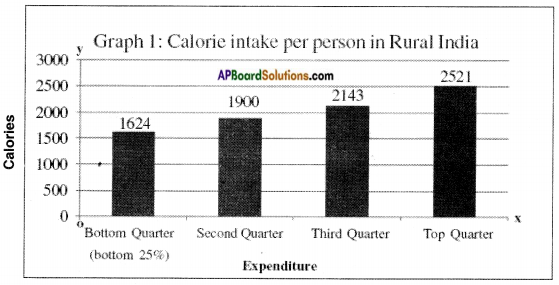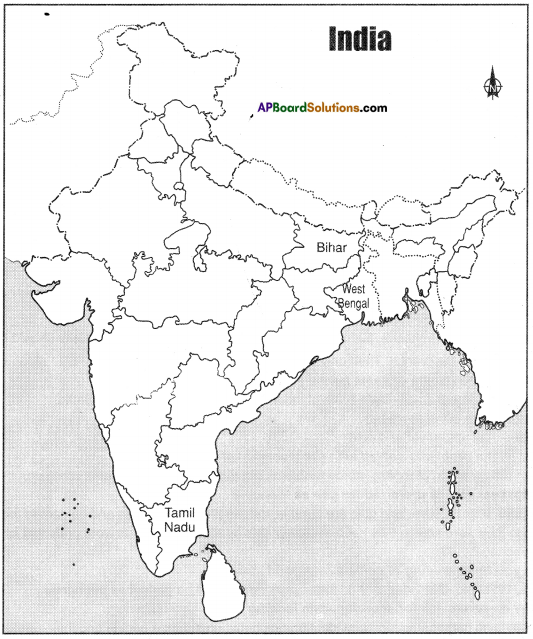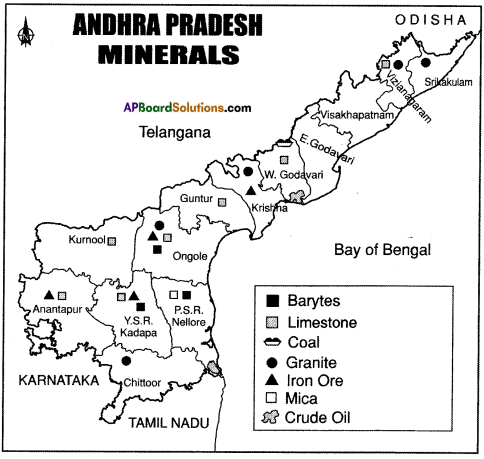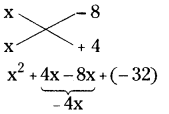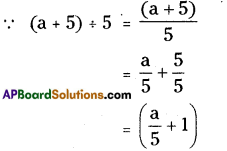AP State Syllabus AP Board 8th Class Social Studies Important Questions Chapter 22 Film and Print Media.
AP State Syllabus 8th Class Social Studies Important Questions 22nd Lesson Film and Print Media
Question 1.
What are the similarities in a stage play and a film?
Answer:
- Both give entertainment.
- Both have actors.
- Both are encouraged by the people.
Question 2.
With the help of your teacher discuss the changes in the livelihood opportunities from play to films.
Answer:
The persons who have good voice were encouraged as stage artists. But in films, their physical beauty was also taken for consideration. The stage artists made a beeline to the studios for a chance in films. Those who have chances in this field are settled well. Some have lost their wealth also.
![]()
Question 3.
Do you think any story or poem in your language textbook could be made into a small film? Can you think of various people you will need in making a film based on that?
Answer:
Yes. It could be made into a small film.
Producer, Director, Editor, Cameraman, Actors, Actresses, Junior artists, Singers, Musicians and other technicians are needed for this.
Question 4.
Ask your parents about the plays during their childhood.
Answer:
Bhuvana Vijayam, Chintamani, Kanyashulkam, Rakta Kanneeru etc., are the most popular plays in those days.
![]()
Question 5.
List at least two more films which tell about the freedom struggle.
Answer:
Bharatheeyudu, Mangal Pandey and Bhagath Singh.
Question 6.
What were the various forms of entertainment?
Answer:
Folk art forms, folk dances, classical dances, music, dramas etc.
Question 7.
When was ‘The Peking Gazette’ started?
Answer:
The Peking Gazette’ was started in the year 618.
![]()
Question 8.
Appreciate the cinema ‘Alluri Seetharamaraju’.
Answer:
“Alluri Seetharamaraju was filmed in 1974. The British passed the Forest Act in 1882 and were denying the tribals free movement in the forest and Podu cultivation. Raju led the tribals in protesting against the British harassment and raided several police stations, popular as Rampa Rebellion of 1922. They fought the British both with their traditional weapons and arms captured during the raids. The British deployed a company of Assam Rifles under Rutherford and ultimately killed Raju and all the tribal leaders including Ghantam Dora. The film apart from being a big commercial success won the National Best Lyric award for the song ‘Telugu Veera Levara’ by Srirangam Srinivasarao, popularly known as Sri Sri.
Question 9.
Is cinema knowledge giving or life spoiling? Conduct a debate.
Answer:
Student A: According to me movies are awesome and give as great fun.
Student B: In my opinion films are corrupting the truth.
Student: No, I don’t agree with this. Movies are good or bad according to oneself. It is ourselves who can extract good or bad morals from a movie.
Movies have become an integral part of life in today’s world. We cannot take this part out of our lives. It is teachers and parents who should guide the youth on which type of movies are to be seen and which are not.
![]()
Question 10.
Look at a News Paper and classify how the pages have been organised? What type of images and photograhs are used? How much space is given for advertisment? What issues are covered in the editorial?
Answer:
Photographs of:
- Political
- Accidental
- Meetings
- Films etc.
40% to 60% of the space is given to the ads.
Political issues are covered in the editorial.
Question 11.
Read the following para and answer the questions.
Cinema – form of entertainment:
Before the cinema ‘ were various forms of entertainment like folk an forms, folk dances, classical dances, music, dramas etc. But gradually, cinema became the major form of entertainment. The songs from films have a popularity of their own. Earlier radio and now television broadcast these songs independent of the movie. The actors have a following in the public and fan clubs have emerged. Popular dialogues from films have become a part of daily life. The style and dresses of the actors and actresses are imitated by the people. With the advent of TV, one need not go to a theatre to watch a movie. There are dedicated channels and time slots for telecasting films, songs, news about film industry etc.
1. What were the various forms of entertainment?
Answer:
Folk art forms, folk dances, classical dances, music, dramas etc.
2. Which have popularity?
Answer:
The songs from films have a popularity of their own.
3. Which broadcast songs?
Answer:
Radio and TV broadcast songs.
4. Which have become part of daily life?
Answer:
Popular dialogues from films have become part of daily life.
5. What are imitated by the people?
Answer:
The style and dresses of the actors and actresses are imitated by the people.
![]()
Question 12.
Read the following para and answer the questions.
Cinema and freedom movement:
Rangaiah is visibly excited even now when he talks about the films Mala Pilla and Ryhtu Bidda released in 1938 and 1939. Mala Pilla is a film about untouchability and about entry of dalits into the temple. The protagonist is Chowdarayya, a Gandhian, who preaches to the upper caste to mend their ways and exhorts the dalits to give up drinking and get educated. The priest’s son falls in love with a dalit girl. The priest’s wife, who is caught in a fire, is saved by a dalit, and that is when the priest realises that there should be no untouchability. The dalits are given entry into the temple and the marriage of the priest’s son and the dalit girl is blessed.
1. Who was Rangaiah?
Answer:
He was a character in the lesson.
2. What were the two cinemas?
Answer:
Malapilla and Rythu bidda.
3. What was Mala Pilla about?
Answer:
Mala Pilla was about untouchability and about entry of dalits into the temple.
4. Who was Gandhian?
Answer:
Chowdarayya
5. Who falls in love?
Answer:
The priest’s son falls in love.
![]()
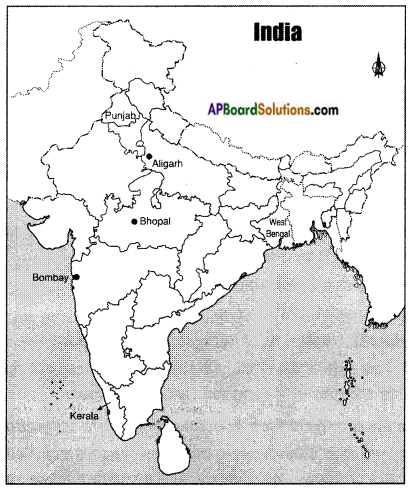



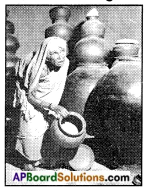
 Answer:
Answer: